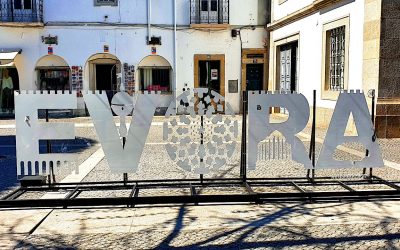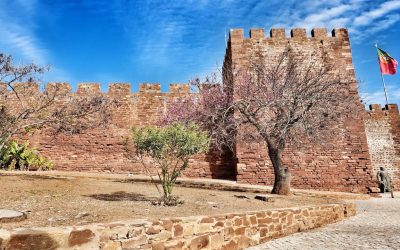Come to Portugal and immerse yourself in so much more than golden sand between your toes. Whilst the beaches entice any sun seeker,...

Inland Portugal
Inland Portugal
Sightseeing Silves, Algarve
The ancient capital of Portugal's Algarve, Silves may sit inland 10km away from the golden beaches and rocky coastline,...
Follow us
You can find us on social media,
different channels for different content.


